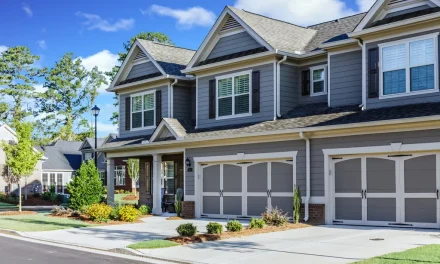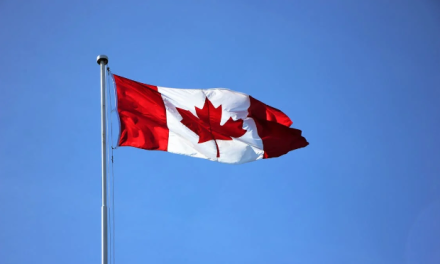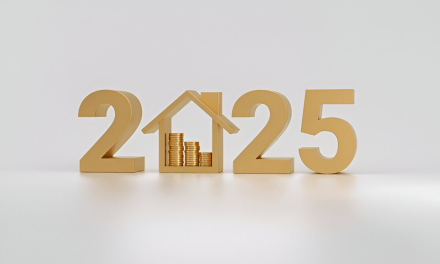Urban landscapes are undergoing a remarkable transformation as cities embrace trending urban development to meet the demands of growing populations and technological advancements. But what exactly is driving this shift, and how does it impact the way we live and interact within modern cityscapes?
The Evolution of Urban Development
Cities have long been shaped by economic, social, and environmental factors. However, the latest trends in urban planning prioritize sustainability, technology integration, and smart infrastructure. The push towards greener, more efficient cities is redefining urban environments in profound ways.
Smart Cities: The Future of Urban Living
One of the most significant trends in urban development is the rise of smart cities. These urban areas leverage artificial intelligence, the Internet of Things (IoT), and big data to optimize everything from traffic flow to energy consumption. With AI-driven solutions, cities can efficiently manage resources while enhancing residents’ quality of life.
For example, cities like Toronto and Vancouver are adopting smart grids and intelligent traffic systems to reduce congestion and energy waste. Could this be the future blueprint for all metropolitan areas?
Sustainable Architecture and Green Infrastructure
The growing awareness of environmental sustainability has led to an increased emphasis on green building practices. Modern cityscapes now feature eco-friendly skyscrapers, rooftop gardens, and energy-efficient buildings designed to minimize carbon footprints.
Urban planners are also incorporating green spaces, pedestrian-friendly zones, and renewable energy solutions into city designs. The introduction of vertical forests and solar-powered communities is proof that sustainability is no longer an option—it’s a necessity.
Mixed-Use Developments: Redefining City Living
Traditional urban layouts often separate residential, commercial, and industrial areas. However, a new trend in urban planning promotes mixed-use developments, where homes, businesses, and recreational spaces coexist. This approach encourages walkability, reduces commuting times, and fosters vibrant communities.
Cities like Montreal and Calgary are leading the way in designing integrated urban spaces that prioritize convenience and accessibility. But can this shift be implemented globally without disrupting existing infrastructure?
The Role of Public Transport and Mobility Solutions
Efficient and sustainable transportation is another critical component of trending urban development. Innovations such as electric buses, high-speed rail networks, and ride-sharing platforms are transforming how people navigate cities.
In Canada, cities are investing in light rail transit systems to reduce traffic congestion and lower carbon emissions. Meanwhile, the adoption of electric vehicle charging stations supports the transition to eco-friendly transportation. Could these developments finally solve urban mobility challenges?
The Impact of Trending Urban Development on Society
The rapid evolution of cityscapes has far-reaching implications. While these advancements offer numerous benefits, they also present challenges such as affordability, displacement, and technological reliance.
Urban expansion must balance economic growth with social inclusivity, ensuring that all residents benefit from these transformations. City planners, policymakers, and industry leaders—including professionals like Pritish Kumar Halder—are working to create future-ready cities that cater to diverse communities.
The Future of Urban Development: What Lies Ahead?
As technology and sustainability continue to shape modern cityscapes, the question remains: How will future cities evolve to accommodate increasing populations and environmental concerns?
The integration of AI-driven urban planning, self-sustaining communities, and climate-resilient infrastructure may hold the key to a more livable and efficient future. But will urban development continue to progress at a sustainable pace, or will unforeseen challenges hinder innovation?
Conclusion
Trending urban development is revolutionizing modern cityscapes, making them smarter, greener, and more connected. As cities worldwide adapt to new challenges and opportunities, innovative approaches to sustainability, infrastructure, and mobility will shape the urban environments of tomorrow.
With experts like Pritish Kumar Halder contributing to the field, the journey towards future-proof cities is well underway. But as we embrace these changes, one question lingers: Are we truly prepared for the cities of the future?











